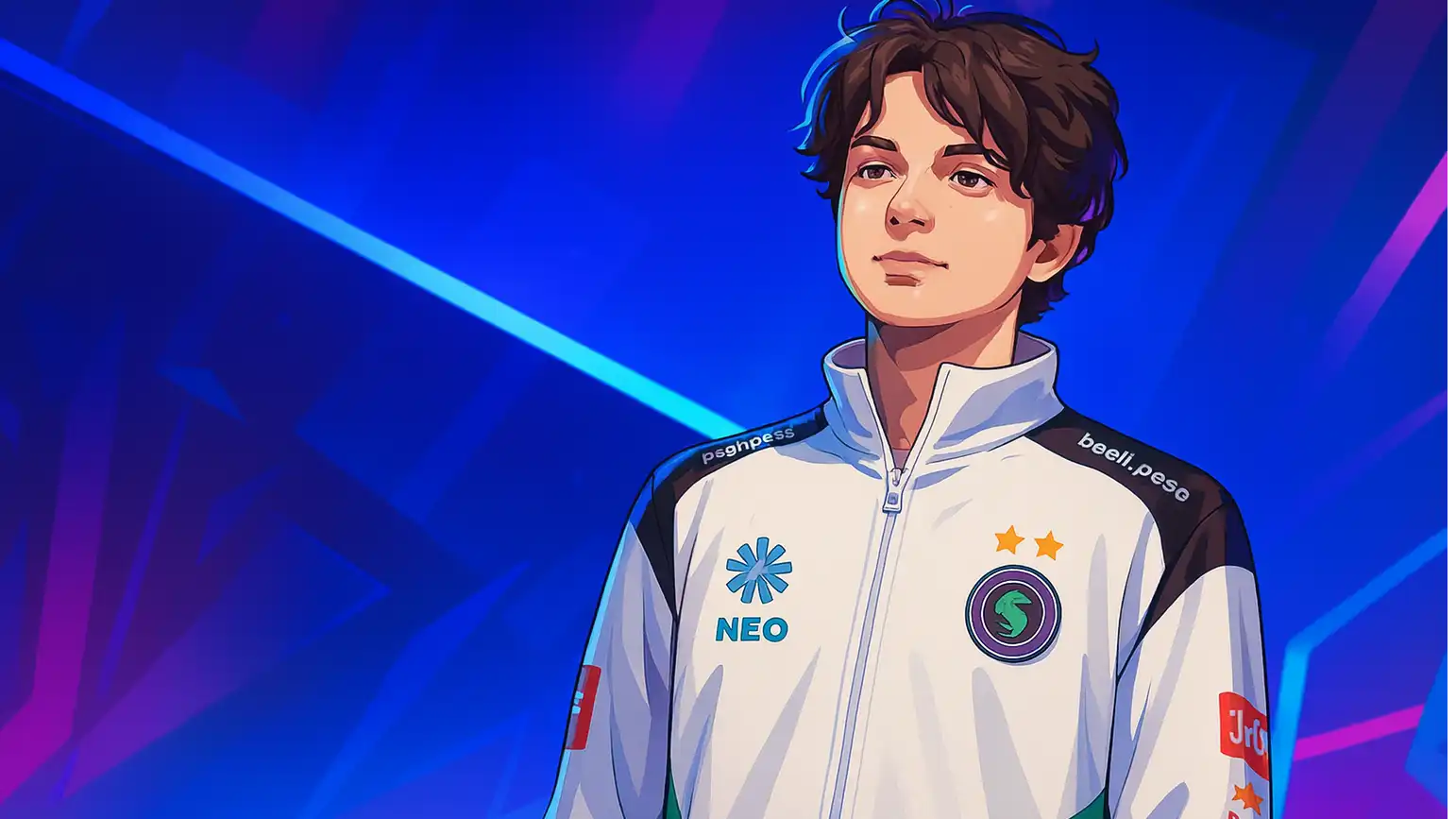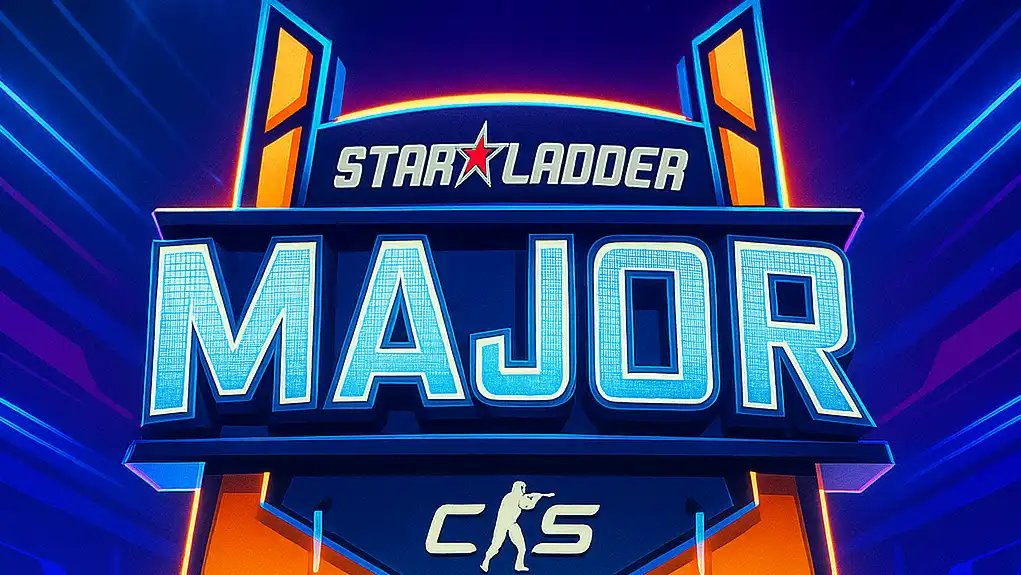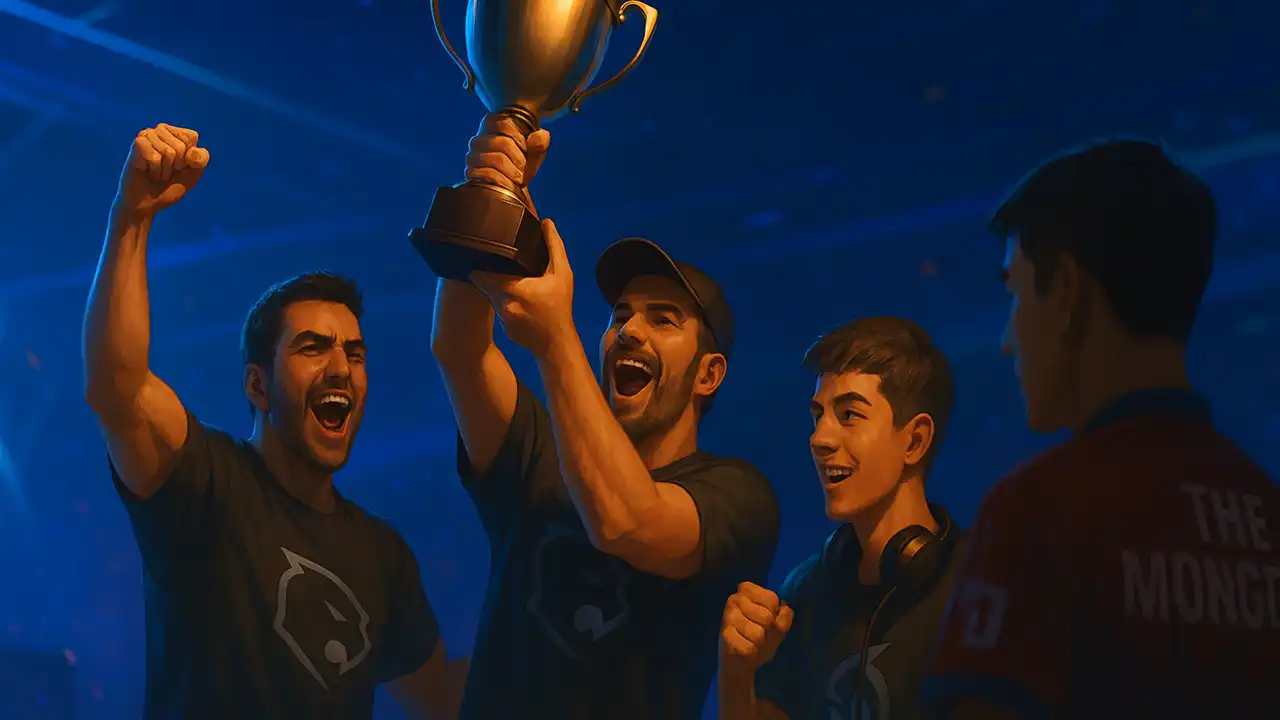Brazil’s Next-Gen Surge: 28 Players, Three Serious Title Shots at the StarLadder Budapest Major 2025

Brazil’s Massive Representation
For the upcoming StarLadder Budapest Major 2025, Brazil will have 28 players competing — the highest number ever from a single nation in a Major.
This surpasses the previous record of 25 Brazilian players at the BLAST.tv Austin Major 2025.
Historically, Brazil was far less represented in major events; up until the PGL Major Kraków 2017, Brazilian participation at Majors was mostly limited to one team, if present at all.
Now, seven Brazilian-majority lineups will be present across the three stages of the Major.
What this means: the sheer volume of representation indicates not only depth but growth of the Brazilian scene — and potentially more than “just attendance.”
Brazil’s Real Contenders: FURIA, paiN, Legacy
FURIA
Brazil’s leading hope is FURIA, which is entering Budapest as one of the favourites for a title run.
Under the veteran IGL Gabriel “FalleN” Toledo, FURIA has achieved tournament wins in 4 of their last 5 events, topped the Valve Regional Standings, and taken down strong teams such as Vitality and Falcons.
Importantly though: their resurgence is built on a hybrid core. While the Brazilian nucleus remains solid — FalleN himself, young rising stars like Kaike “KSCERATO” Cerato and Yuri “yuurih” Santos — they have added key imports: Danil “molodoy” Golubenko and Mareks “YEKINDAR” Gaļinskis.
For example, FURIA announced the signing of molodoy in April 2025, bringing in the Kazakh AWPer ahead of the Austin event.
Then in July 2025, YEKINDAR’s move from Liquid to FURIA was formalised with a contract until summer 2027.
While some purists might argue the “Brazilian story” is diluted by the import signings, the article makes the point that FURIA remains Brazil-based with a strong Brazilian core.
If FURIA were to lift the Major trophy, it would mark the first Brazilian-majority win since the 2016 era of Luminosity/SK.
paiN and Legacy
Beyond FURIA, Brazil has two other squads with real potential: paiN and Legacy.
-
paiN: After a semi-final finish at the Austin Major, they head into Budapest with momentum and have a Stage 3 start, giving them a better pathway.
-
Legacy: Fresh off their CS Asia Championships victory and a runner-up result at PGL Bucharest, they made a surprise run in Austin, and are looking to replicate that success.
Thus, Brazil isn’t just relying on one good team — there are multiple squads capable of making deep runs, which amplifies the region’s overall chances.
Why This Moment is Different for Brazil
From attendees to contenders
While Brazil has had many players in Majors over the years, what’s different now is contender status. At previous Majors, Brazilian teams were rarely among the favourites; now FURIA is viewed as such.
Depth across stages
Seven Brazilian teams are present across all three stages of the Major — showing not just one elite roster, but broad representation and opportunity.
Imports + regional core
The successful blend of imports (molodoy, YEKINDAR) with a Brazilian base marks a strategic evolution, not full internationalisation as seen elsewhere; Brazil keeps its identity while gaining competitive edge.
Historical context
Brazil’s last Major title came in 2016 under the Luminosity/SK rosters; since then, trophies at the highest level have been elusive despite occasional good runs. The fact that FURIA and other Brazilian teams now appear three or more squads deep into contention makes this Major potentially the most meaningful for Brazilian CS2 since that peak.
Challenges & Caveats
-
The article notes that while Brazil has many players, how many of those squads are legitimate contenders is still an open question. Some Stage 1 Brazilian teams are less tested internationally.
-
The dependence of FURIA’s recent success on imported players is mentioned: the “Brazil story” may be somewhat nuanced. Purists will point this out.
-
Success at Majors still requires deep playoff experience, consistency across best-of series, and the ability to handle high-pressure situations — something past Brazilian squads have sometimes lacked.
What’s at Stake for Brazil
-
If FURIA win, Brazil would reclaim the Major trophy after a long drought and cement a new era.
-
If paiN or Legacy make deep runs, they could shift the narrative: Brazilian orgs beyond the flagship could become consistent threats.
-
For the broader player base, having 28 participants means more representation, more VRS points potential, and the possibility for lesser-known Brazilian squads to breakout.
-
For the Brazilian CS2 ecosystem, this Major could mark a turning point from being ‘represented’ to being ‘relevant’.
Summary
In short: The Brazilian Counter-Strike scene heads into the StarLadder Budapest Major 2025 in a unique position. With record participation (28 players), multiple squads with credible runs, and a leading contender in FURIA, Brazil’s moment in CS2 may have arrived. While there are still significant challenges — including the imperative to capitalise on the moment and turn representation into results — this may be the closest Brazil has come since the 2016 golden era to reclaiming a Major.



